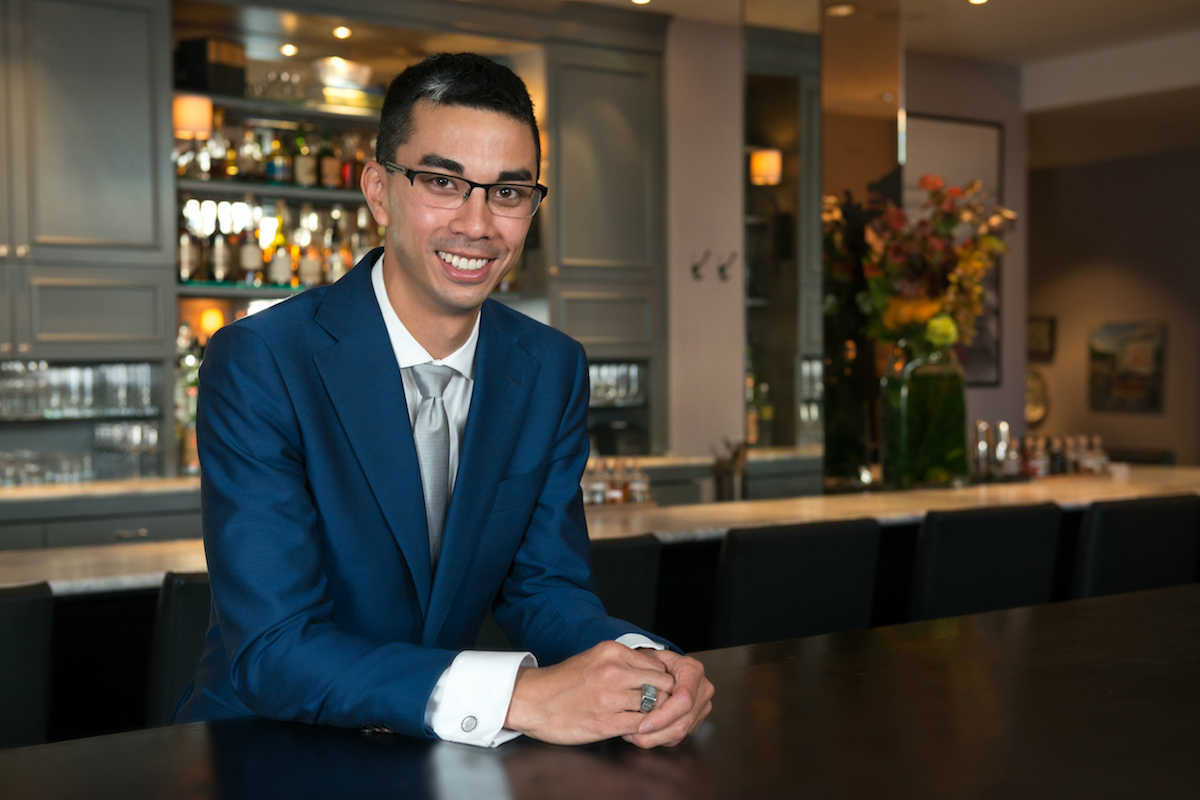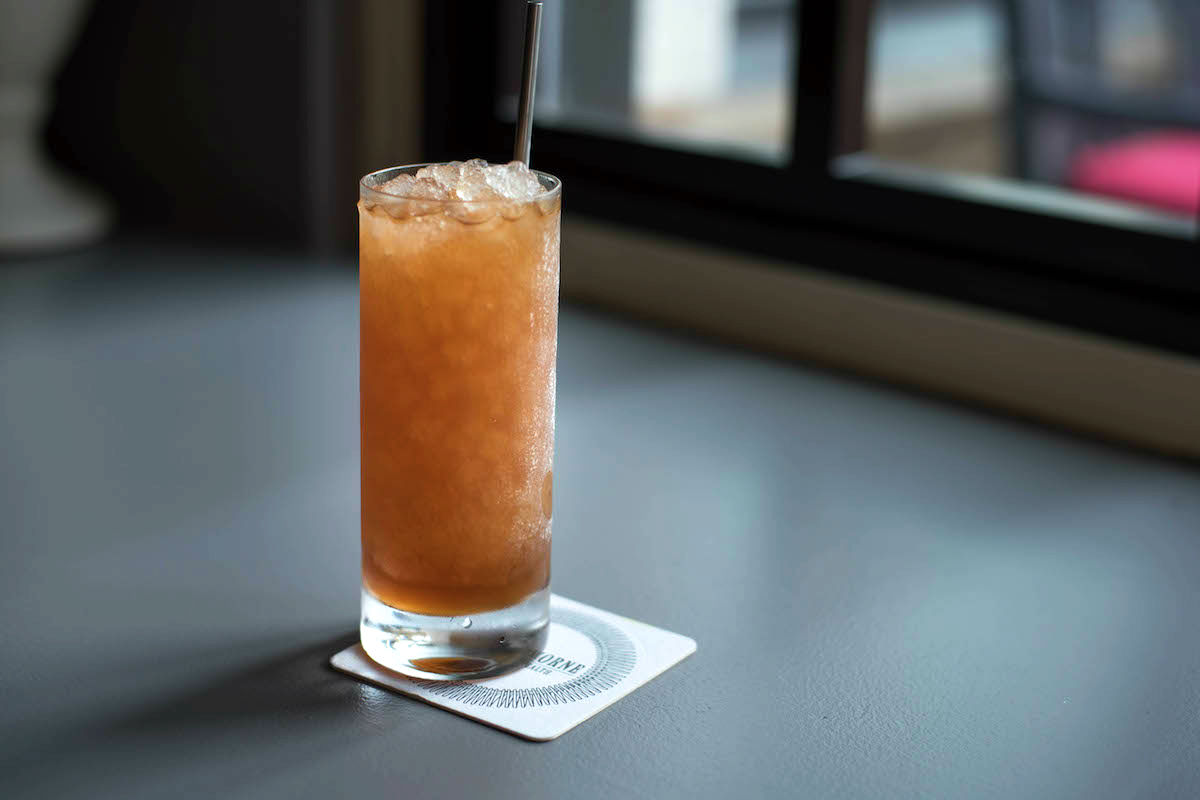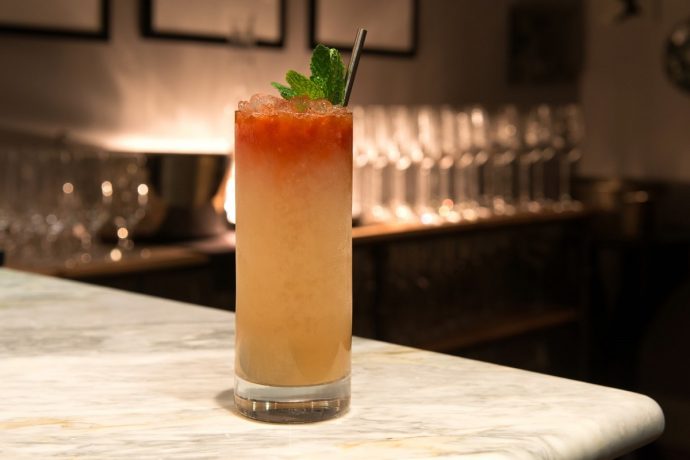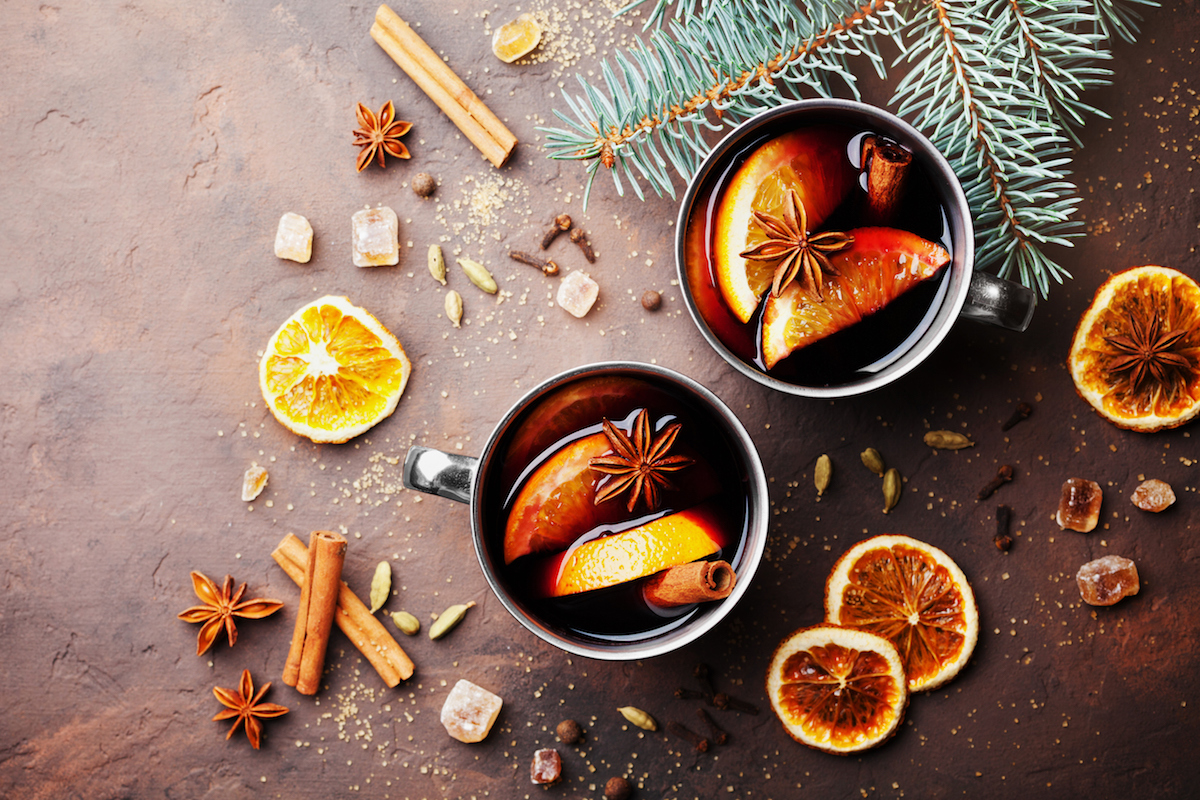It was the perfectly frosted coupe glasses served by The Hawthorne in Boston that inspired me to start chilling my own glassware. While sticking a rocks glass into my freezer a few hours before cocktail time seemed easy enough, I was sure that some tips-of-the-trade could improve the process. So I called up Jared Sadoian, The Hawthorne’s bar manager, to get his cold facts on frosty glassware.
Make Room In Your Freezer
It’s an obvious point, but worth repeating: carve out a dedicated space in your freezer for glassware, rather than trying to balance your Nick & Nora glass on a bag of peas.
“This is something I can speak about from personal experience,” says Sadoian. “If your freezer is full of other stuff, there’s a high likelihood you might break something. And if something does break, it becomes very challenging to clean.”
Plan Ahead
Glassware should be chilled for “as long as possible,” according to Sadoian. “A glass that sits inside for five minutes isn’t going to be particularly frosty. Thirty minutes is a good thing, but an hour or more will really make sure that your glass is cold inside and out.”

Hawthorne Bar Manager, Jared Sadoian. Photo: Melissa Ostrow.
Just Not Too Far Ahead
Glassware left in the freezer for the long-haul—weeks or months—may end up taking on other flavors, though the problem is not with the glass itself.
“If there is ice forming on the glass, which has a lot to do with the humidity of your freezer and how cold it is getting, then that ice could take on some of the flavors and aromatics of other things in your freezer,” says Sadoian.
But he adds that you should be more worried about salmon filets funking up your long-standing tray ice. “That glass in your freezer is not going to be as much an issue as the ice cubes that have been sitting in your freezer for who-knows-how-long.”
Consider Whether What You’re Serving Needs It
Chilling is about preservation: do you want to save that fresh-from-stirring quality for as long as you can?
“If you make a cocktail that’s chilled and at the right temperature and the perfect dilution, you want to keep it in a cold glass to keep it at that temperature,” Sadoian says. “But if I was drinking neat rum, if I put that in a chilled glass it’s going to get cold and that will change the perception.”
Sadoian’s rule is to serve any drink that is stirred in a chilled glass. While shaken drinks can be served the same way, it’s not as necessary.
“With a shaken cocktail, you’ll definitely notice a difference between a chilled glass and a room temperature glass,” Sadoian says. “But the difference will be less pronounced than with a stirred cocktail.”

The Hawthorne’s Red Maple cocktail. Photo: Emily Hagen.
Have a Back Up Plan
An hour-plus stay in the freezer is still the best way to chill down a drink, but if you didn’t plan ahead, Sadoian suggests two handy methods for chilling your glasses in real-time.
If you have crushed ice, fill your glass with it, top with water, and allow it to sit as you make your cocktail. After 30 seconds has passed, pour out the ice, quickly dry the glass, and pour in your cocktail. If you’re working with cubed ice, add cubes and water to the glass and stir it for thirty seconds before tossing out the ice and drying the glass.
“That will chill down the glass,” says Sadoian. “Not as much as the freezer over the course of several hours, but it’ll be plenty cold for your cocktail.”
It’s Not Just About The Temperature
Sure, chilling may mean the difference between a perfect Martini and warm gin, but don’t overlook its effect on that other quality so important to cocktail making: hospitality.
“It demonstrates a certain amount of forethought when you’re serving guests,” says Sadoian. “You can pull out this beautifully frosted glassware from your freezer, and there’s an image associated with that. ‘So-and-so thought we were going to have cocktails later, so they actually planned ahead and put this away.'”



